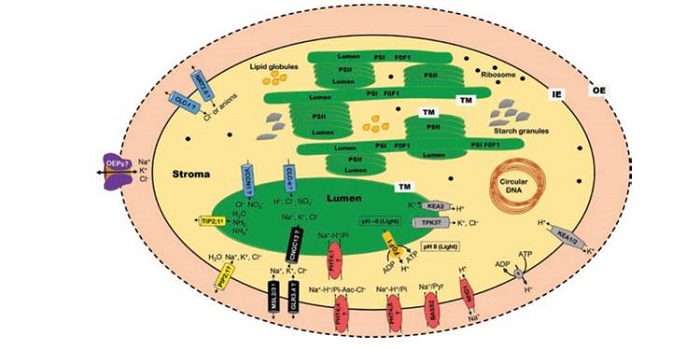
Review: Chloroplast function and ion regulation in plants growing on saline soils: lessons from halophytes ($)
Plant Science Research Weekly, Research0 Comments
/
Salinity is a growing problem for food production. Progress has been made in understanding how plants tolerate salinity, mostly focused on strategies for tolerance at the plasma membrane and cytosol. Bose et al. review studies that focus on how the chloroplast is affected by salinity. The authors review…

Solar UV-B Inhibits Growth of Maize Leaves
Plant Physiology, Plant Physiology: On The Inside, ResearchGrowth inhibition is one of the most consistent plant responses to Ultraviolet-B (UV-B) exposure; this radiation, both as part of the solar spectrum in the field and from UV-B lamps in controlled environments. In this work, Fina et al. (10.1104/pp.17.00365) demonstrate that the UV-B levels…

Root hydrotropism is controlled via a cortex-specific growth mechanism ($)
Plant Science Research Weekly, ResearchHydrotropism is the curvature of a plant root towards water. Previous work showed that the hormone abscisic acid (ABA), but not the auxin transporters AUX1 and PIN, is required for hydrotropism, demonstrating that the mechanisms of hydrotropism and gravitropism are distinct. Previous work also showed…
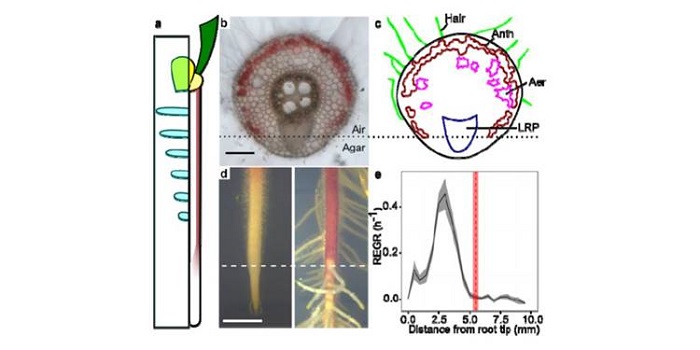
Growth is required for perception of water availability to pattern plant root branches
Plant Science Research Weekly, ResearchPlant roots develop on a very heterogeneous environment surrounded by a myriad of environmental clues that can change at different spatiotemporal scales. The ability of roots to sense and respond to these clues is fundamental to ensure an efficient exploration of the rhizosphere. In this paper, Robbins…
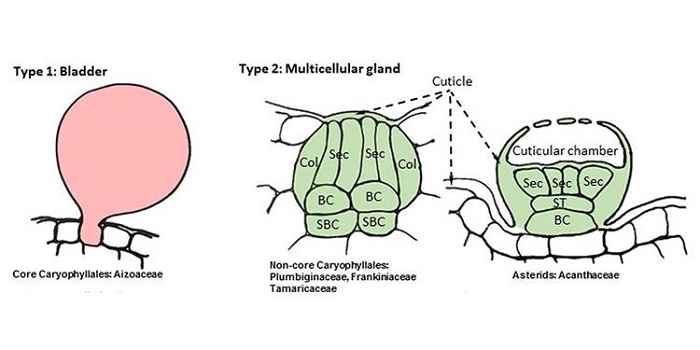
Review: Making plants break a sweat: the structure, function, and evolution of plant salt glands
Plant Science Research Weekly, ResearchMany agricultural lands are becoming saltier as a consequence of irrigation and sea water incursion, yet most crops are very sensitive to salt. Salt glands that accumulate and secrete salt have evolved independently at least 12 times in plants. Dassanayake and Larkin review the structure, function and…
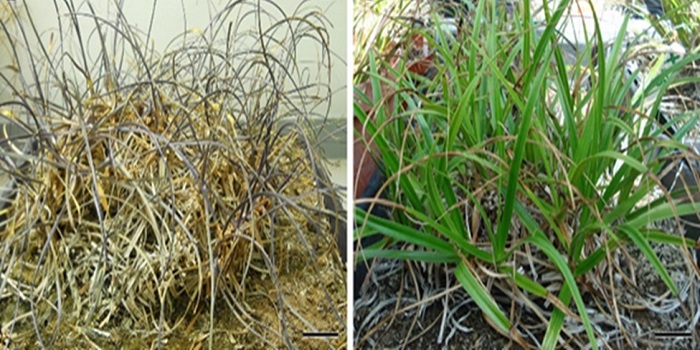
Just add water: Could resurrection plants help feed the world?
GPC Blog, ResearchThis week we spoke to Professor Henk Hilhorst (Wageningen University and Research) about his research on desiccation tolerance in seeds and plants.
Could you begin by telling us a little about your research?
I am a plant physiologist specializing in seed biology. I have a long research…
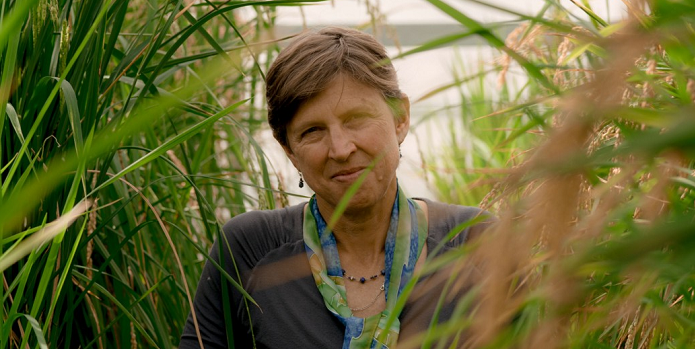
Pamela Ronald (MIT Technology Review)
Blog, Careers, Careers - Blog, Careers in Plant Science, Profiles of Plant ScientistsMay 2017, MIT Technology Review by James Temple
Reinventing Rice for a World Transformed by Climate Change
UC Davis plant geneticist Pamela Ronald wants to create rice varieties that can survive in harsher conditions, including more frequent droughts.
"Pamela Ronald stands in front of two rows of…
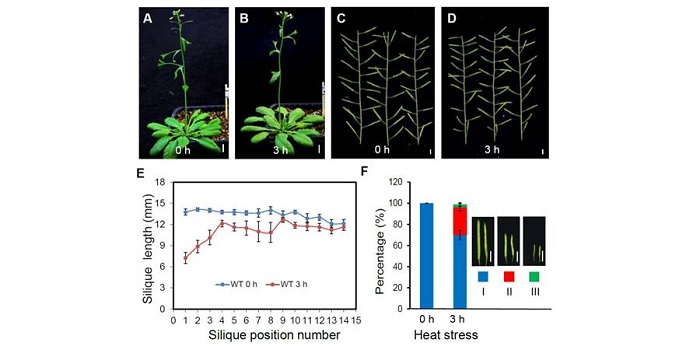
Tissue-specific transcriptomics shows the unfolded protein response’s role in maintaining fertility upon heat stress ($)
Plant Science Research Weekly, ResearchPlant reproduction is particularly sensitive to heat stress, so rising temperature is a major threat to food security. Zhang et al. surveyed the transcriptional responses to heat stress (3 h at 37º) in Arabidopsis and identified large differences between vegetative and reproductive tissue responses…
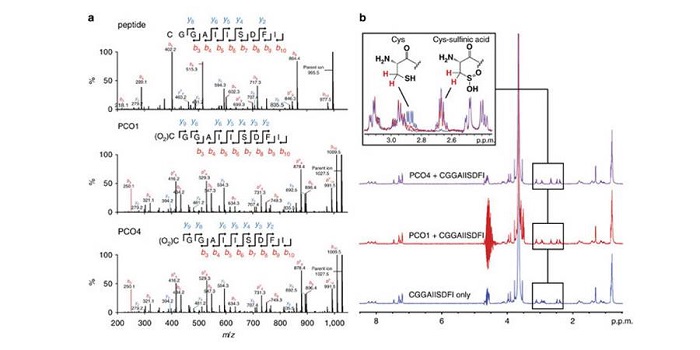
Suppression of plant hypoxia responses by cysteine oxidases and arginyl transferases that initiate transcription factor turnover by N-end rule pathway
Plant Science Research Weekly, ResearchFlooding “drowns” plants by depriving them of oxygen, leading to hypoxia and ultimately death. Ethylene-responsive transcription factors (ERFs) have been identified that induce expression of genes to support anaerobic metabolism and are critical for hypoxia survival. ERFs are selectively destabilized…

